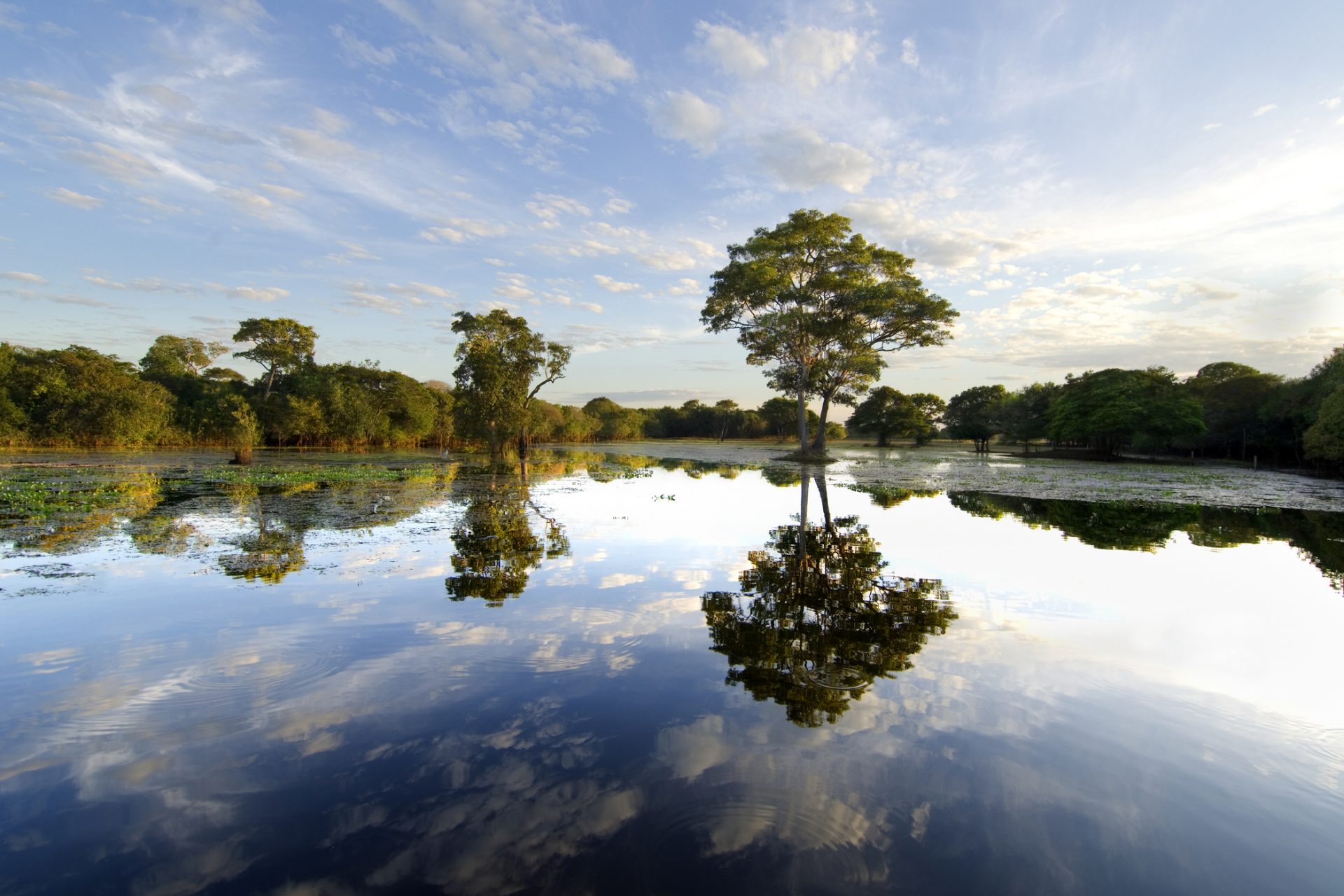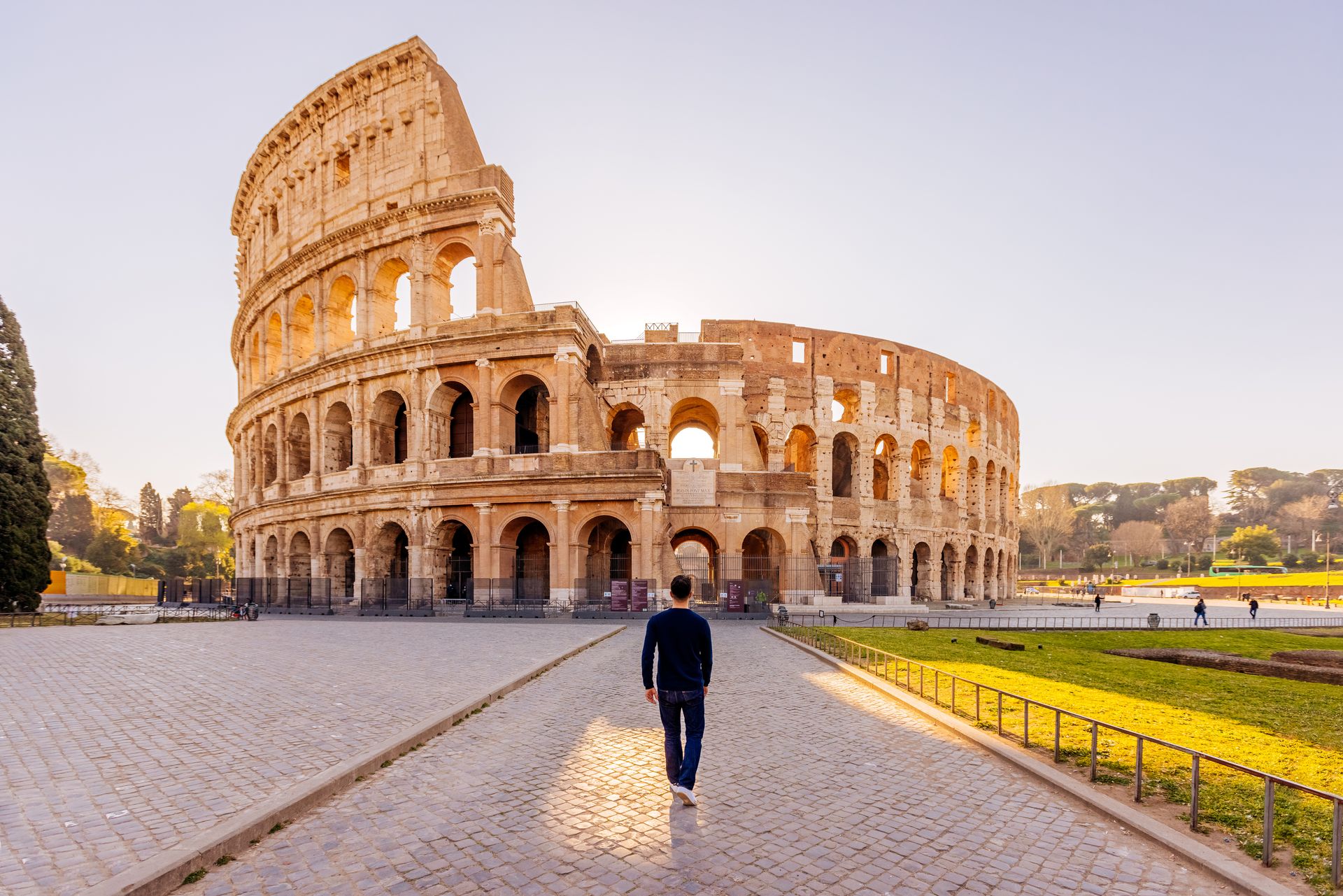Fairytale castles, mountains, and lakes in Austria and southern Germany
Always dreamed of a trip between mountains, castles, and fairytale landscapes? A nice retreat from the often crowded shores of the Mediterranean, Austria and southern Germany hold treasures for travelers and romantics. Have a look!
Undoubtedly one of the most beautiful capitals in Europe, Vienna is a remnant of the past splendor of the Austro-Hungarian Empire. After visiting the Hofburg Imperial Palace and the Belvedere Palace, you will be enchanted by a walk in the old town and on the banks of the Danube. Lovers of opera and classical music will feel right at home.
Between the banks of the Danube and the surrounding mountains, Salzburg is one of the most beautiful cities in Austria. The fortress of Hohensalzburg which overlooks the city will offer you a superb panorama of the birthplace of Mozart.
Less known to foreigners than Vienna and Salzburg, Graz is nevertheless worth the detour. Its Renaissance old town is one of the prettiest in Central Europe and has a wide variety of historical monuments, such as the cathedral and Schloss Eggenberg. It is surrounded by vineyards that deserve to be explored too!
This mountainous region is also the most visited area in Austria. Tyrol allows you to practice winter sports in exceptional conditions and to admire breathtaking landscapes all year round. In summer, it's popular for its hiking trails while also famous for its folklore and architecture.
In the heart of Tyrol, this medieval city will appeal to travelers: in addition to its Imperial Palace, Innsbruck is the starting point of a cable car that goes up to 2,256 meters high. The ideal place for a day of skiing!
If you travel to Austria, don't miss the village of Hallstatt, built very close to a superb lake. Its pastel-colored houses and splendid landscapes make it a real gem. A prehistoric site from the Iron Age is also located there. It gave the name of Halstatt to the civilization of that time.
One hour from Vienna, Melk Abbey is emblematic of Austrian Baroque architecture. Built on a rock, it is worth a visit for its church, its imperial apartments converted into a museum, and its impressive library.
In the middle of the Hohe Tauern nature park, the Krimml waterfalls are the highest in Europe with a set of 380 meters high. In this true natural gem, paths are laid out to reach the top of the waterfalls. You will feel their presence even before you get there, thanks to the roar of the water and the drops that settle in the air. by the thousands.
At the foot of the Hochschwab mountains, the Green Lake ('Grüner See' in German) only fills up once a year, when the snow melts. Its depth varies between 2 meters in winter and 12 meters in summer. This unique place is also surrounded by a natural park ideal for hiking.
Photo: Sarah Frühwirt / Unsplash
Located south of Lake Constance and facing the German Alps, Bregenz allows you to discover both this magnificent lake and the alpine region of Vorarlberg. A perfect place for swimming and discovering the mountains!
Now let's cross the border and explore southern Germany! Fed by the Rhine, Lake Constance extends over more than 500 square kilometers. Its landscapes, its towns by the water, and its nautical and bathing areas make it one of the favorite destinations of the Germans, who come to relax there as they would at the seaside.
The capital of Bavaria is famous for its football club and for the Oktoberfest, but it also has an old town, museums with exceptional collections, and large gardens and lakes to relax. All of this, close to the Alps!
Nestled high near the Austrian border, Neuschwanstein Castle was built by Ludwig II, the whimsical King of Bavaria in the 19th century. Its architecture and its rooms immerse the visitor in a fairy tale atmosphere, which also inspired the castle of 'Sleeping Beauty' and the Disney logo. A must-see!
Just opposite Neuschwanstein is Hohenschwangau Castle, restored in the 19th century after a long period of ruin. This palace, which was the residence of the Bavarian royal family for a long time, can be visited today. You can also go hiking along the lakes and in the surrounding forests.
In the north of Bavaria, Würzburg is worth a detour to admire the Residence, a superb Baroque construction which gave birth to the local Rococo style. The city is home to an impressive series of other historical monuments as well, such as the Romanesque cathedral, the fortress of Marienberg, and the old bridge over the river Main with its many statues.
The small town of Rothenburg ob der Tauber, south of Würzburg, has remained intact for several centuries and allows you to immerse yourself in a medieval atmosphere. This town, surrounded by a 14th- and 15th-century fortification, is one of the most visited tourist spots in the country.
In the very south of Germany, Freiburg im Breisgau is one of the oldest university towns in the Germanic world. You can discover its cathedral and its charming old town on the edge of the Black Forest, but it also built the first eco-district in the world.
This gigantic forest massif in the southwest of the country has many hiking trails and rises to nearly 1,500 meters above sea level. Nestled between Alsace, Bavaria, and Switzerland, the Black Forest is renowned for its wild character and dense vegetation. A dream for nature lovers!
A little further north, Heidelberg is undoubtedly one of the most beautiful cities in Germany. Surrounded by steep forests, its main attraction is the ruined medieval castle (including its broken tower). The old town that was spared by the bombardments allows you to walk on the "path of the philosophers," on the other bank of the Neckar. It will complete your immersion in a magical universe.
One of the most beautiful ways to discover Germany is to follow the Rhine, go on a cruise, or explore one of the cycle paths that flank the river. Enjoy a romantic atmosphere between the famous river, landscapes of forests and vineyards, places like the Lorelei that marked the German imagination, and the cities located on the banks of the Rhine like Rüdesheim, Koblenz, or Bonn.
































